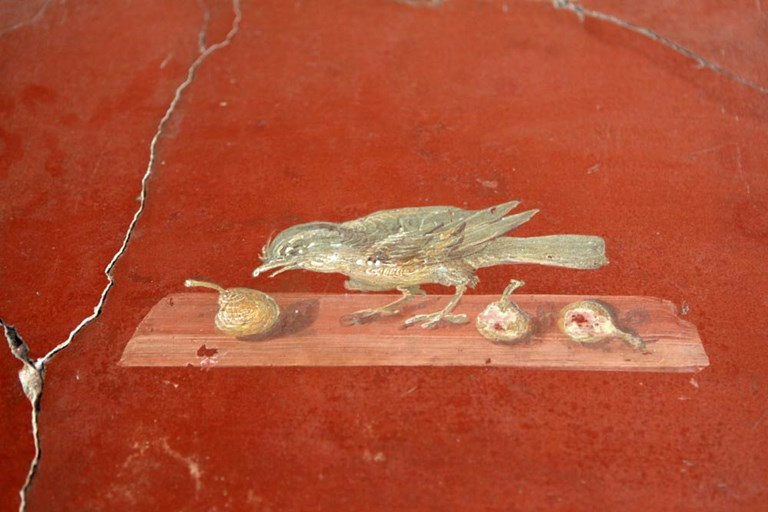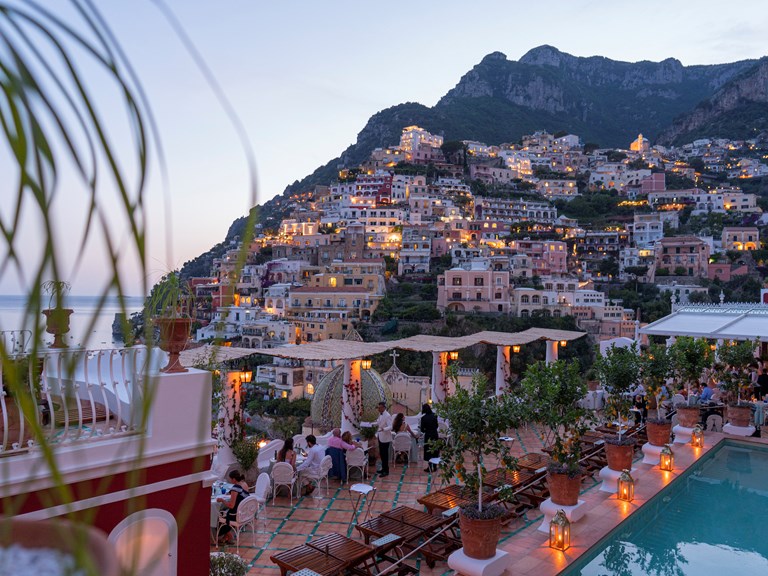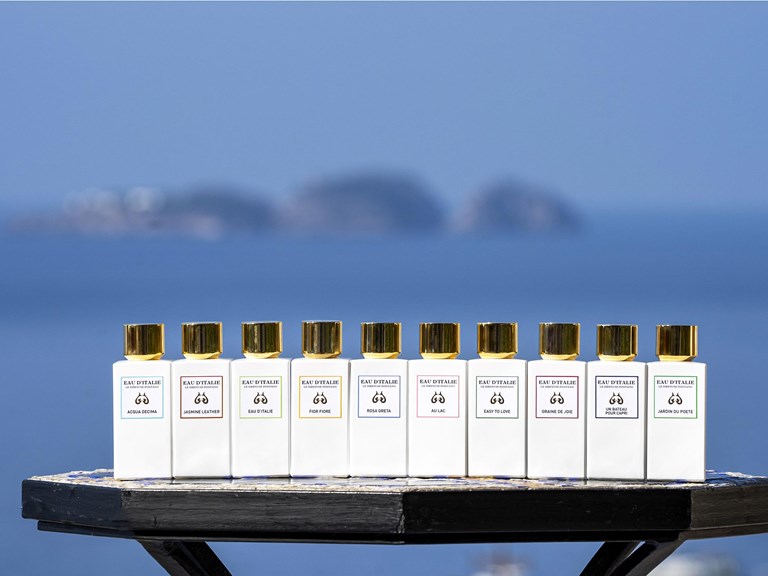THE STORY OF A COLOUR
09.07.2013 LE SIRENUSE
The wall paintings that have been preserved here are quite simply breathtaking. So much so that many people’s reaction to a site that registers around 1.5% of the visitor numbers clocked up by its big brother Pompeii is: “Why did nobody tell me about this place?”
The archaeological site known as Oplontis is today surrounded by the houses of Torre Annunziata, a working-class town south of Naples. In the first century AD, however, this was an upscale thermal resort noted for its sumptuous villas – among them that of Poppaea, the Emperor Nero’s second wife, which today is the only visitable part of the site (another villa is still being excavated by a team from the University of Texas, while others are believed to lie beneath the modern town).
Built in the grand style in the middle of the first century AD, this ‘villa di otium’, or pleasure palace, was the Roman equivalent of Jay Gatsby’s Long Island mansion, designed as much for entertaining as for everyday life. Though an earthquake in 62AD and the great eruption 17 years later took their toll on the fabric of the villa, its ‘Pompeii Dolce Vita’ credentials still come through in the series of ‘Second Period’ wall paintings that decorate dining rooms, atrium, bedrooms, bathhouse and corridors.
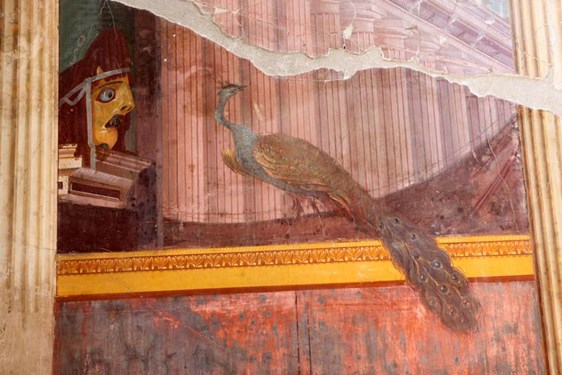
View
In the great Salone, peacocks strut on the steps of a trompe l’oeil Temple of Apollo; other paintings turn small rooms into airy pavilions, with arches framing distant garden views. In a corridor, a painted finch pecks at a platter of figs, while just off the vast open-air Piscina, a series of large ‘greenhouse’ planter-niches that were once lit by skylights are decorated by garden scenes.
In these magnificent paintings, amidst the yellow ochres and the charcoal greys, one colour recurs more than any other.
Though it's faded a little in Oplontis after almost two thousand years of exposure to the atmosphere, in certain patches and corners its still a deep, passionate red. It’s the red of femme fatale lipstick, of plum juice on a white linen shirt. It’s commonly known as ‘Pompeii Red’, but it’s at Oplontis that the colour dominates, and it was Oplontis that inspired the Sersale family to paint what was then the family’s residence in Positano the same colour. That residence would later become Le Sirenuse hotel, and the red of Oplontis has become a symbol of Le Sirenuse, as recognisable as our ubiquitous mermaids.
And if you think about it, the Villa Poppaea then and Le Sirenuse now are not so very different. Both specialise in the art of otium, or leisured ease.
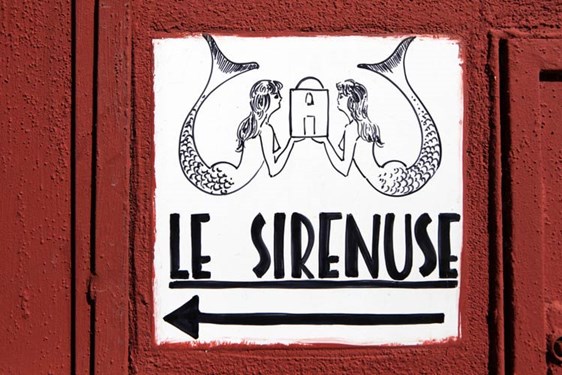
View
Le Sirenuse Newsletter
Stay up to date
Sign up to our newsletter for regular updates on Amalfi Coast stories, events, recipes and glorious sunsets
